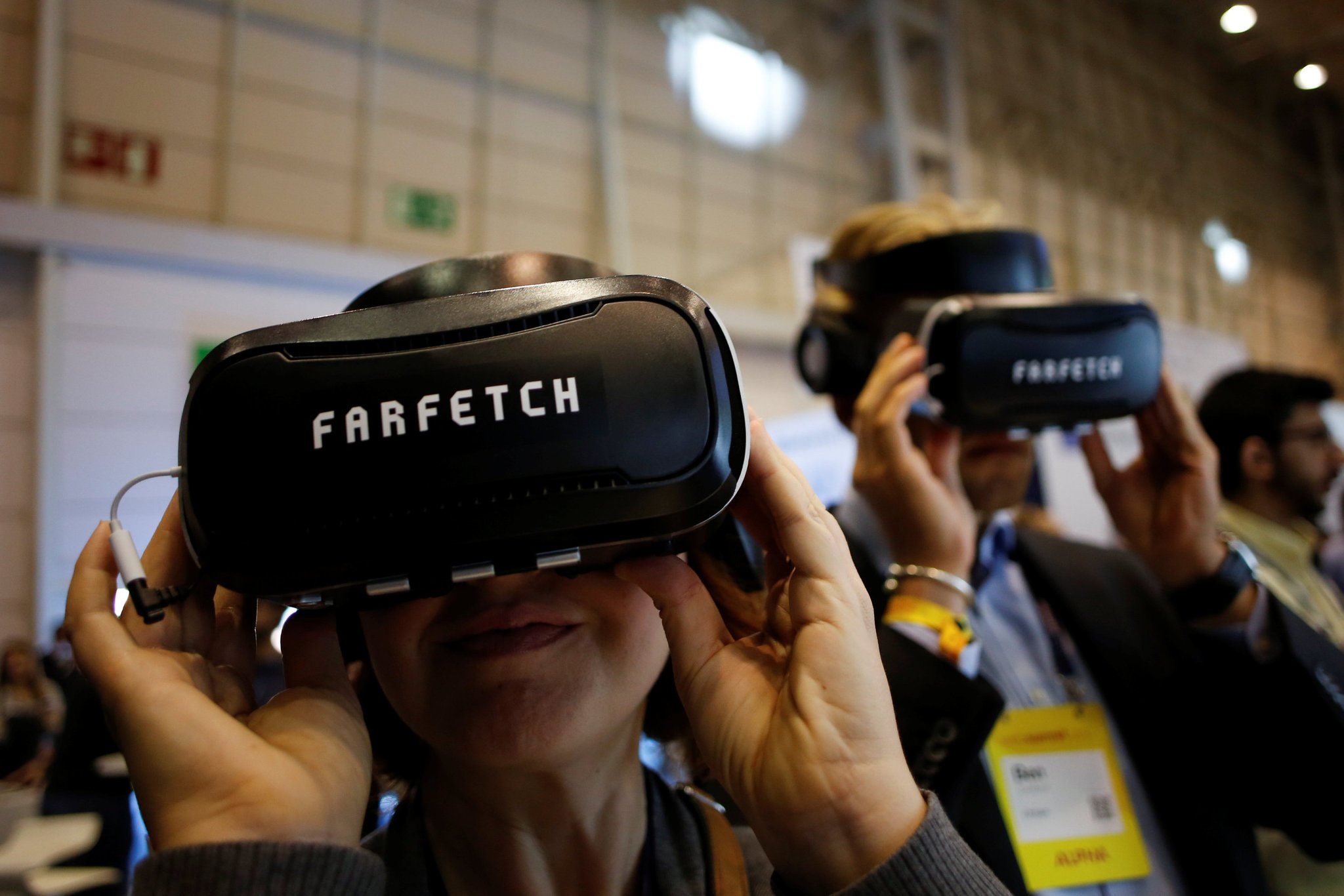DEATH OF RETAIL? RISE OF LUXURY E-COMMERCE.
©Pedro Nunes (Reuters)
As 2017 was heralded to see the death of retail, as boutiques and department stores were closing its doors driven by changing consumer habits, price wars and the threat of Amazon, high-end e-commerce remains a bright spot in the shopping landscape. Online luxury sales jumped by 24 percent this year, according to a recent study by the consulting firm Bain & Co. and the online sales of personal luxury goods are expected to make up 25 percent of the market by 2025.
It’s an industry dominated by two behemoth competitors who have spent the last year aggressively expanding their territories and strategically carving up the landscape between them. Yoox Net-a-Porter, the largest luxury e-tailer by sales, is one of them. It owns the e-tailers Net-a-Porter, The Outnet, Mr Porter and Yoox; it also operates the e-commerce sites for over 30 luxury brands including Stella McCartney, Dolce & Gabbana and Chloé. Farfetch, the other big name, is an online marketplace for 500 independent luxury boutiques and 200 brands as well as the owner of the bricks-and-mortar store Browns in London. The stakes are high.
Yoox started in 2000 as a platform where end-of-season stock could be sold online, before branching out into full-price designer wares. Less than two decades later in 2015, in a merger, Yoox combined forces with its British rival Net-a-Porter to become the world’s largest luxury retailer. For the first nine months of 2017 the group reported sales of EUR 1.5 billion, up 19 percent year-over-year, and unveiled ambitious plans to double the size of the business by 2020.
Farfetch was founded in 2007 with the goal to create an online marketplace platform helping smaller bricks-and-mortar stores enter the digital world and taking a commission on each purchase without the need to take on the significant inventory risk and working capital requirements of a traditional store, as well as Yoox Net-a-Porter. “What makes us different is that everyone else is operating on a retail model, but we are a platform, not a shop, an enabler not a competitor, and are reaping all the advantages that such a position entails,” Mr. Neves said. Today, the company is valued at USD 1 billion, boosted with fresh capital from the Chinese e-commerce giant JD.com, which invested USD 397 million, and is eyeing up its IPO next year,
Especially as new players start their own incursions into the market and brands ramp up their independent e-commerce operations. High-profile flops like that of Style.com, the Condé Nast-backed venture that shuttered earlier this year, serve as stark reminders that things can easily go wrong. There is definitely a heightened sense of rivalry across this narrow band of luxury e-commerce players. There are great opportunities awaiting as it is a growing sector and there is no question that everyone is sizing up where to go and what to do next.
